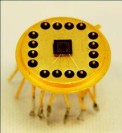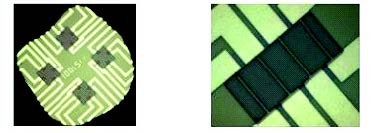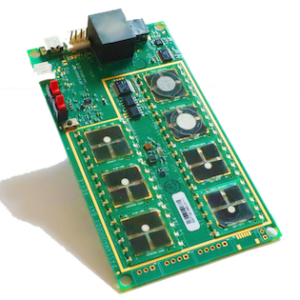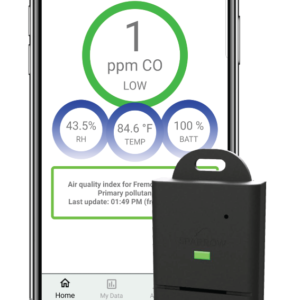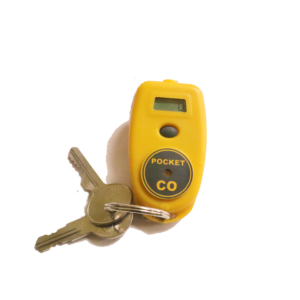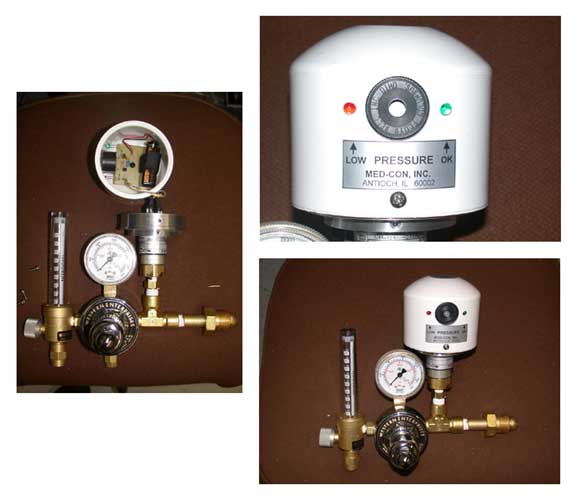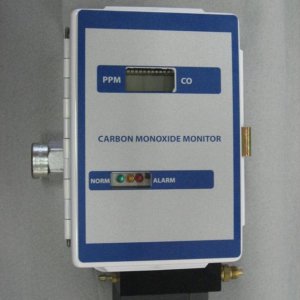KWJ is developing its patented MEMS sensor for ultra-low power sensing applications, funded by DOE, GTI, EPA, NASA and others.
Consumers and industry need an improved chemical sensor to enable:
1) Health, Safety and Wellness applications in Smartphones and other application rich packages
2) Remote battery or energy harvester powered devices
3) Improved residential methane alarms with low power, selective sensors
4) Improved and new industrial and medical chemical applications
No currently available sensor can meet the combined specifications for low power operation (nano-watts), small size, long lifetime (2-20 years), and low cost, as well as have improved sensitivity, selectivity, and speed of response. Additionally, SPEC-Sensors’ Patented MEMS platform o ffers multi-element per die which allows tiny, ultra low power MEMS sensor arrays on a single chip.
BACKGROUND
Current IR, Heated Metal Oxide and other gas sensors require too much power to operate, are too expensive, and often are not selective to essential gases. Filters, lenses and coatings used in these sensors will wear out or cause drift over time. Further, most sensors cannot o ffer an array of gases on a single chip, or the flexibility to combine unique chemical coatings to detect di fferent compounds. SPEC Sensor’s MEMS NanoSensor platform performs where these other technologies fail.
PRODUCT FEATURES
KWJ’s MEMS NanoSensor o ffers a technologically advanced and technically sound solution. Key features include:
1. Low Power Operation (nW/reading)
2. Selectivity to Methane, H2, CO2 & other energy gases without coatings
3. Platform allows for redundancy and multiple gases
4. Coatings enable detection of CO, Alcohol, VOC and Hydrocarbons
4. Nanosecond response time
5. Robust and Stable (No drift over time)
7. Low Cost MEMS microfabrication
Our nano-TCD approach is the lowest power, low cost, flexible sensor solution, and does not rely on coatings, filters, or other chemistries that cause drift, decreased lifetime and required maintenance. No other sensor has these combined features. Further, our platform is diverse and can create intricate sensor arrays and redundant safety tools.
TECHNICAL INFORMATION
The response of the sensor in a gas is given in Figure 2 [two pulses of 1 microsecond each]. The time constant (response time), captured by a 500 MHz scope, is <100 nano-seconds. The importance of this feature is that fast response allows ultra low power operation, and demonstrates the power requirements measured in nanowatts. This a ffords field operation for >10 years on a single 9V battery. Sensitivity tests results show resolution in ppm’s, which is more than su fficient to accomplish LEL and more precise monitoring.
The robustness and reliability of the sensor was evaluated using an accelerated life test consisting of >25 billion measurements, or the equivalent of 1100 years of operation, at a power level typical of field operation, and then an additional 10 billion measurements, or 300 years of operation, at a power level 2 times the typical amount. The sensor structures not only survived the test but also exhibited very little drift, validating the long field life of this sensor without the need for calibration.
The Selectivity for this sensor is provided by a multiple measurements method pioneered by KWJ. The proprietary algorithm can determine the concentration of a gas in a mixture from a single measurement cycle of multiple parameters.
| The results of recently concluded tests at KWJ have demonstrated detection of CH4 at 100 ppm |
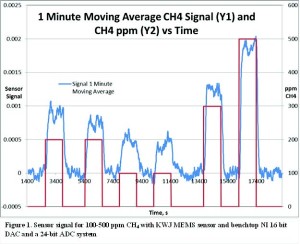 |
CONCLUSION
KWJ’s MEMS NanoSensor represents a revolutionary advancement in gas sensor design. Its low power operation and robust nature enables long battery life with no maintenance. The unique selectivity ensures increased safety without false alarms. Additionally, the MEMS Nano Sensor platform has evolutionary capabilities that make it ideal for future applications ranging from low power wireless to cell phones and wearable and conformal sensor systems.
Click the links below for information on our current MEMS R&D Projects:
Low Power Nano-Sensor Based Measurement of Atmospheric Nitrogen and Argon
Reagentless Field-Usable Fixed-Site and Portable Analyzer For Trihalomethane (THM) Concentrations in Drinking Water
An Ultra-Low Power Fast-Response Nano-TCD CH4 Sensor for UAV Airborne Measurements
Mems Ultra Low Power Methane Thermal Conductivity Sensor

